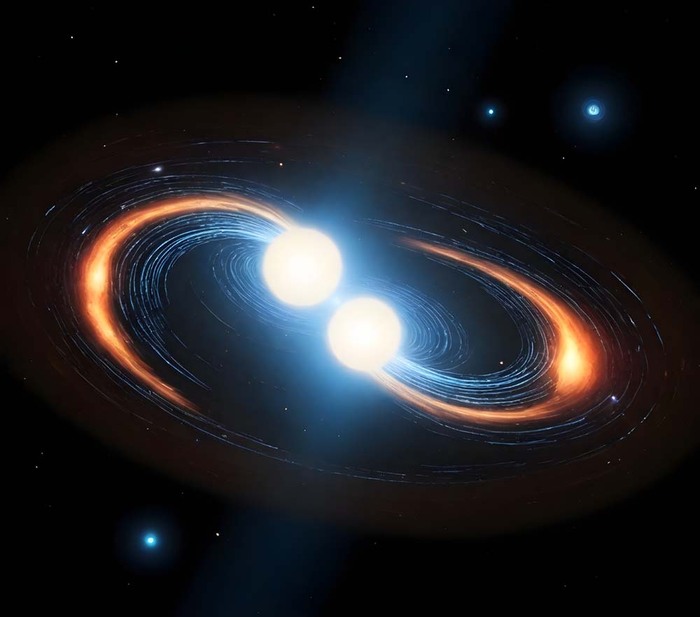A gigantic cosmic explosion, i.e. a
kilonova
, has scattered a
shower of heavy elements
throughout the universe .
It is the
first time that this phenomenon has been observed and documented
thanks to the Italian-led discovery published in the journal Nature.
Coordinated by the University of Rome Tor Vergata, with Yu-Han Yang and Eleonora Troja, and the contribution of the National Institute of Astrophysics, the research helps to reconstruct the
origin and evolution of gamma-ray bursts
.
Indicated by the acronym
Grb 230307A
, the gamma ray burst was observed on
7 March 2023
by NASA's Fermi space telescope, to which Italy contributes with the Italian Space Agency, Inaf and the National Institute of Nuclear Physics.
Extremely rapid, these phenomena generated by cosmic catastrophes have a very short duration, of
about 2 seconds
, but Grb 230307A lasted
about 40 seconds
.
Also using data from the Hubble and James Webb space telescopes, researchers have reconstructed the evolution of the phenomenon, demonstrating that kilonovae can disseminate heavy elements known as
lanthanoids
, or more commonly
rare earths
, throughout the cosmos : the same ones that on Earth are in smartphones and in electric car batteries.
A cosmic collision due to the fusion of two extremely dense bodies generates elements heavier than iron, which subsequently undergo radioactive decay.
“Kinovae are usually not observed for such a long time, except for AT2017gfo, which was the first and only kilonova with gravitational wave signals observed so far,” says Yuhan Yang, referring to past observations made with the telescope NASA's Spitzer spacecraft.
At the time, however, the signal was too weak to be able to identify the presence of rare earths.
This gap is now filled by new observations, conducted up to two months after the explosion.
"It was exciting to study a kilonova like we have never seen before thanks to the powerful eyes of the Hubble and James Webb Space telescopes," commented Eleonora Troja.
"In the first few days, the behavior of a kilonova does not vary depending on its chemical composition. It takes weeks - he continued - to understand which metals were forged in the explosion and we have never had the opportunity to observe a kilonova like this for a long time. Now for the first time we have been able to verify that metals heavier than iron and silver were formed before our eyes."
Reproduction reserved © Copyright ANSA

